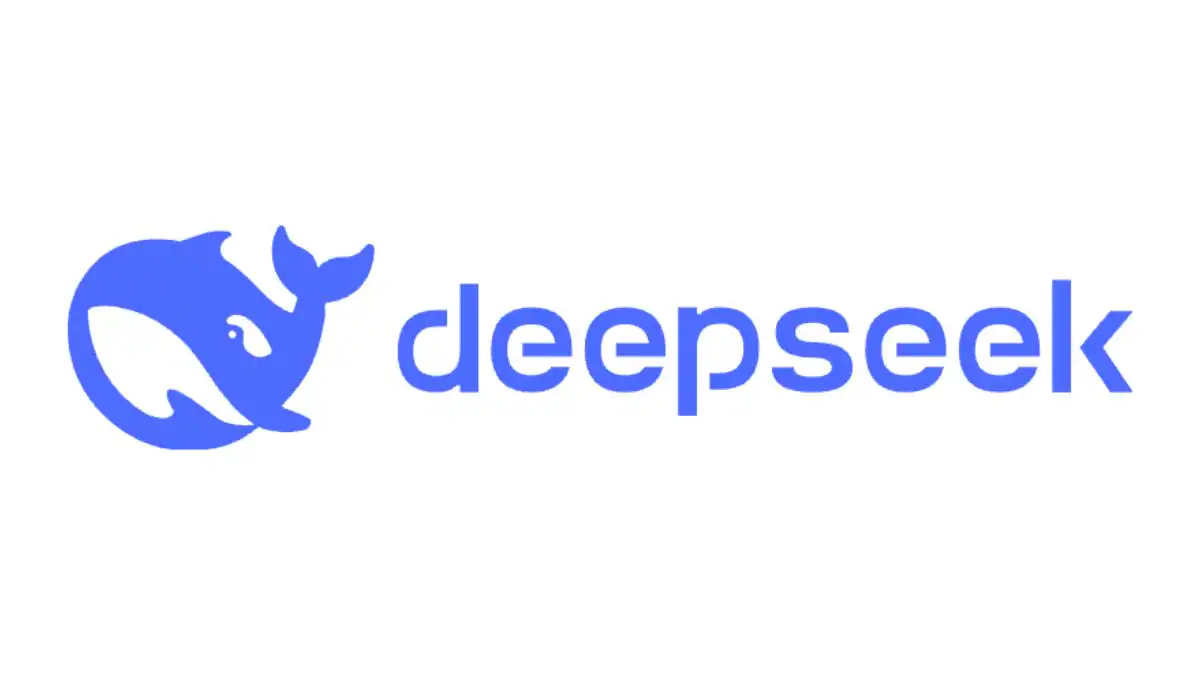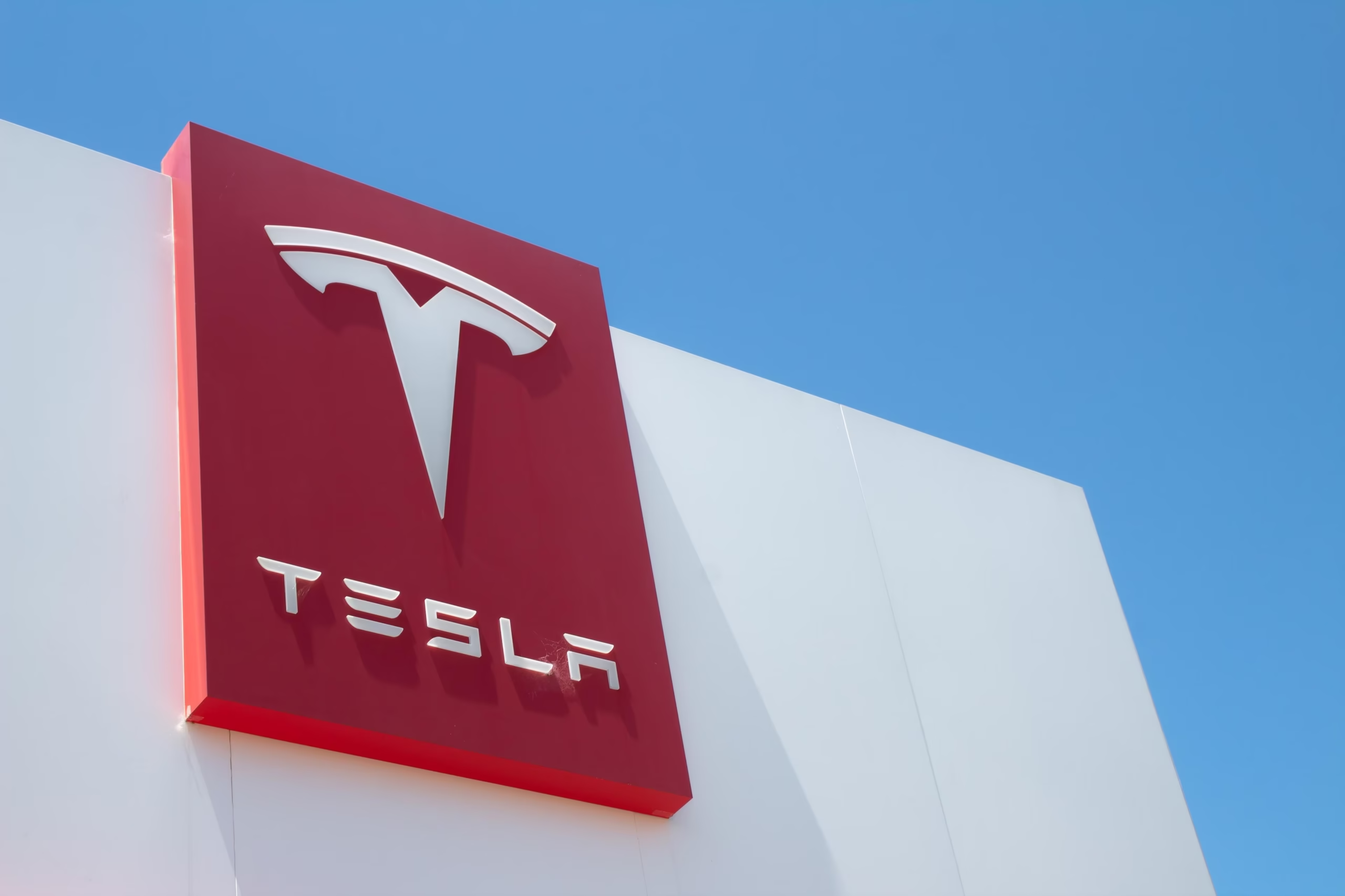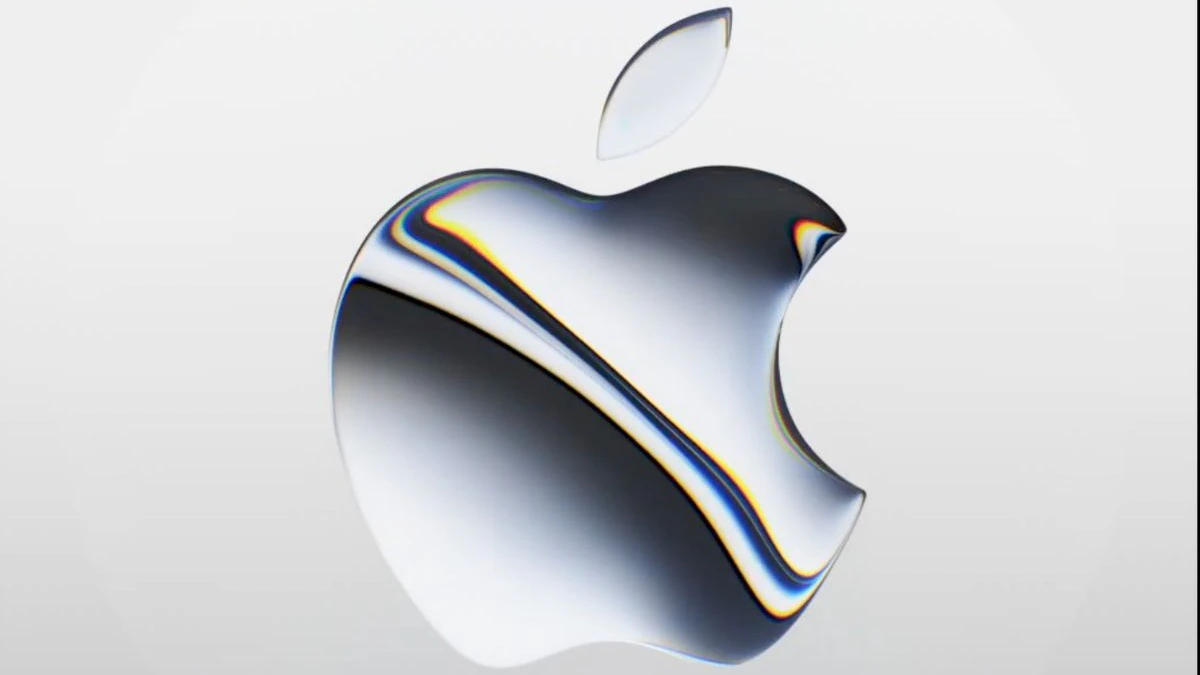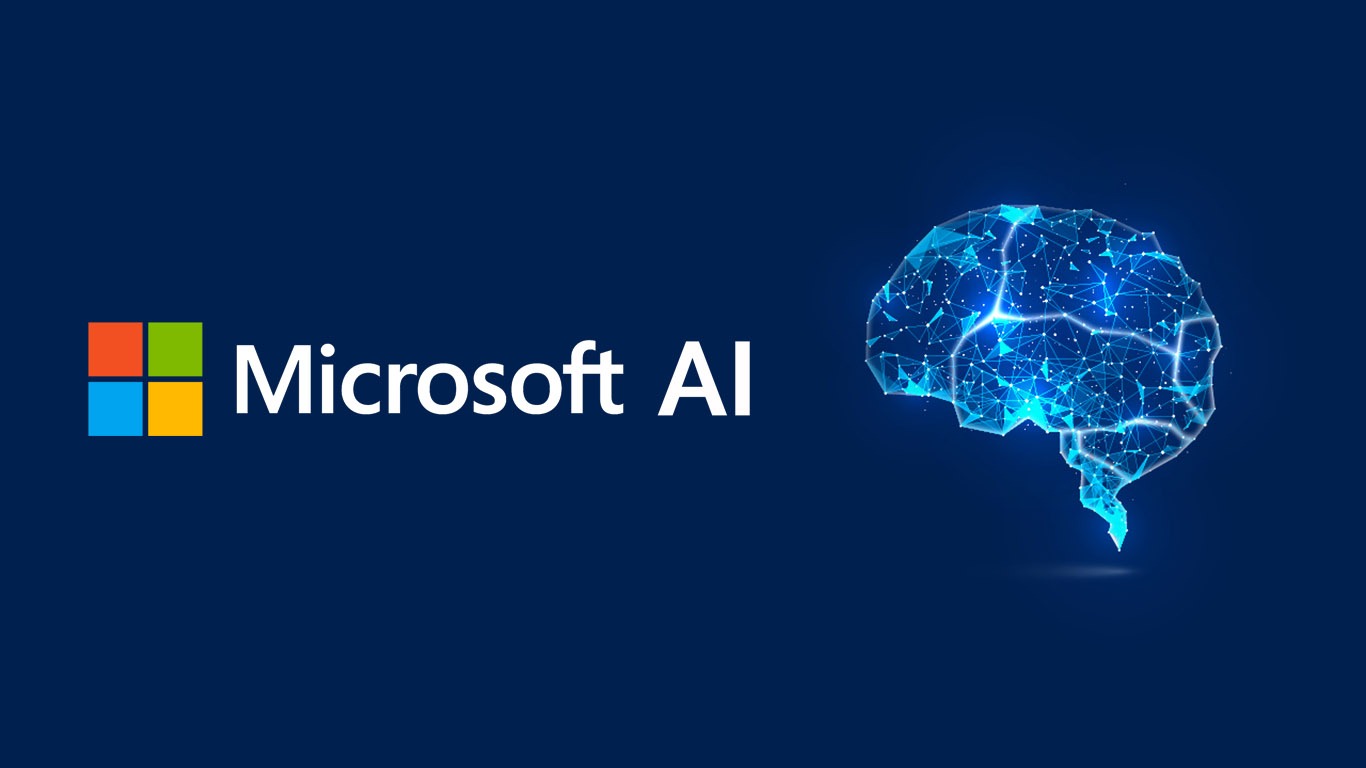The landscape of artificial intelligence is rapidly evolving, marked by breakthroughs in model efficiency, reasoning capabilities, and accessibility. Among these advancements, DeepSeek R1 emerges as a significant player, challenging existing benchmarks and reshaping perceptions of AI development and deployment. This analysis provides a comprehensive overview of DeepSeek R1, focusing on its technical specifications, research and development background, market positioning, and future prospects . By integrating data from various sources, including technical reports, market analyses, and competitive assessments, this report aims to provide a detailed, data-driven perspective on DeepSeek R1’s impact on the AI industry .
2. Technical Specifications & Performance Metrics
DeepSeek R1 has garnered considerable attention for its efficiency and performance, achieving state-of-the-art results in various benchmarks while maintaining lower training costs. This section delves into the architectural innovations, training methodologies, and performance metrics that define DeepSeek R1, providing a comparative analysis with other leading AI models.
2.1. Architectural Innovations
- Mixture-of-Experts (MoE) and Multi-Head Latent Attention (MLA): DeepSeek R1 leverages a sparse MoE architecture, coupled with MLA, enabling activation of only a fraction of its parameters per task . This design choice significantly reduces computational costs and enhances processing efficiency . According to DeepSeek-AI, this architecture reduces training costs by 42.5% compared to its predecessors, alongside a 93.3% reduction in Key-Value cache size and a 5.76x increase in generation throughput .
- Sparsity Optimization: Drawing insights from Apple’s research, DeepSeek employs neural network sparsity to optimize resource utilization . Sparsity, which involves deactivating certain neural network parameters that do not significantly impact the AI’s output, allows DeepSeek to achieve performance levels comparable to larger models such as GPT-4, but with substantially reduced computational resources .
2.2. Training Efficiency
- Cost and Methodology: DeepSeek R1 was trained on 8.1 trillion tokens at a cost of approximately $5.57 million. This figure is remarkably lower than the training costs associated with models like OpenAI’s GPT-4, which range from $100 million to $1 billion . Key innovations in DeepSeek R1’s training methodology include:
- Automated Verification: Focusing on domains such as mathematics where correctness is unambiguous, ensuring high-quality training data .
- Optimized Reward Functions: Efficiently identifying training examples that improve the model, avoiding redundant data and minimizing computational waste .
- Quantization and Deployment: To facilitate deployment in resource-constrained environments, DeepSeek R1 supports quantization, offering FP8, INT8, and INT4 versions. These quantized models retain a high degree of accuracy :
- FP8 and INT8 quantized versions achieve near-perfect accuracy recovery across all tested reasoning benchmarks and model sizes .
- INT4 models recover 97%+ accuracy for 7B and larger models .
2.3. Benchmark Performance
DeepSeek R1’s performance across various benchmarks underscores its advanced capabilities in reasoning, coding, and multimodal processing. Below is a summary of its key performance indicators:
- Reasoning and Coding:
- MATH-500: DeepSeek R1 achieves an accuracy of 97.3%, slightly surpassing GPT-4’s 96.4% . This benchmark evaluates the model’s ability to solve high-school-level mathematical problems requiring detailed reasoning .
- Codeforces: DeepSeek R1 ranks in the 96.3rd percentile . This benchmark assesses the model’s coding and algorithmic reasoning capabilities, represented as a percentile ranking against human participants .
- HumanEval: DeepSeek R1 demonstrates a pass rate of 79.8%, outperforming GPT-3.5 Turbo .
- Multimodal Capability:
- GenEval: The Janus-Pro model, part of DeepSeek’s multimodal offerings, achieves a score of 84.2%, surpassing DALL-E3’s 79.7% . GenEval measures the alignment capabilities of text-to-image generation models .
Table 2.3.1: DeepSeek R1 vs. Competitors on Key Benchmarks
| Benchmark | DeepSeek R1 | OpenAI Models | Other Models |
|---|---|---|---|
| MATH-500 | 97.3% | 96.4% (o1) | N/A |
| Codeforces | 96.3rd %ile | 96.6th %ile (o1) | N/A |
| HumanEval | 79.8% | N/A | N/A |
| GenEval (Janus-Pro) | 84.2% | 79.7% (DALL-E3) | N/A |
Table reflects benchmark results as of March 2025
The data from these benchmarks suggest that DeepSeek R1 is highly competitive with state-of-the-art models, particularly in tasks requiring mathematical reasoning and coding proficiency. Its multimodal capabilities, demonstrated by the Janus-Pro model, further enhance its versatility and applicability across different domains.
2.4 Quantization Performance Analysis
Quantization of DeepSeek-R1-Distill models shows trade-offs between accuracy and inference performance. FP W8A8 (8-bit floating-point weights and activations) demonstrates near-lossless accuracy, closely matching BF16 . INT W8A8 (8-bit integer weights and activations) closely follows, recovering approximately 99% of the original accuracy . INT W4A16 (4-bit weight-only integer quantization) shows a slight drop on benchmarks like AIME and GPQA-Diamond, but performs strongly on MATH-500 . The Qwen-1.5B model, the smallest in the suite, accounts for most of this drop .
On the Open LLM Leaderboard V1 benchmark, quantized models consistently achieve over 99% accuracy recovery, with only one outlier: the Llama-8B model at INT W4A16, which experiences a modest drop to 97.33% . This data highlights the efficiency gains and potential trade-offs with different quantization strategies.
2.5 Inference Performance with vLLM 0.7.2
Validation of inference performance with vLLM 0.7.2 shows up to 4X better inference performance across common inference scenarios and GPU hardware . FP W8A8 consistently delivers lossless compression, maintaining full accuracy while accelerating inference on Hopper and Ada Lovelace GPUs . INT W8A8 closely matches FP W8A8 performance, making them an effective alternative for Ampere and older devices . INT W4A16 performs competitively on larger models but shows some accuracy loss on smaller ones .
| GPU | Quantization | Performance Improvement |
|---|---|---|
| A6000 | INT W4A16 | 2.1X faster requests |
| A6000 | INT W8A8 | 1.5X better throughput |
| A100 | INT W4A16 | 1.7X faster requests |
| A100 | INT W8A8 | 2X better throughput |
| H100 | FP W8A8 | 1.4X faster requests |
| H100 | FP W8A8 | 4.3X better throughput |
Single-stream (low-latency) deployments: W4A16 delivers the highest speedups, with a performance increase of up to 1.9X better than the baseline. This trend is especially pronounced for medium and large models, where memory and compute optimizations have a more substantial impact . High-throughput multi-stream scenarios: W8A8 (FP and INT formats) achieve the best performance gains, particularly for larger models, averaging 1.3-1.7X better throughput across the tested workloads .
3. Research & Development Background
3.1 Origins & Evolution
- Founding (2023): DeepSeek was established in May 2023 by Liang Wenfeng, originating from a hedge fund, High-Flyer Capital . Liang Wenfeng’s initial focus on AI trading algorithms within High-Flyer Capital from 2016 to 2019 laid the groundwork for DeepSeek’s eventual creation .
- Key Milestones:
- December 2023: DeepSeek AI released DeepSeek LLM, an open-source family of large language models, including 7B and 67B parameter versions in base and chat variants . The 67B Base model surpassed Llama2 70B in reasoning, coding, math, and Chinese comprehension .
- May 2024: The release of DeepSeek-V2 introduced an advanced architecture that dramatically reduced costs and improved efficiency. This sparked a price war among leading Chinese tech companies such as ByteDance, Tencent, and Baidu .
- January 2025: DeepSeek launched R1, designed for advanced reasoning tasks. It achieves top performance in math, coding, and reasoning benchmarks .
3.2 Innovations
- Domain-Specific Training: DeepSeek focused on mathematics and programming for data clarity, using “cold-start” data to mitigate language-mixing issues . This approach ensures a strong foundational understanding before the model delves into reinforcement learning .
- Distillation: Smaller models (1.5B–70B parameters) preserve performance . DeepSeek applied distillation to create a suite of efficient models from R1, using Qwen and Llama architectures .
3.3 DeepSeek-R1-Zero
DeepSeek-R1 began with R1-Zero, a model trained entirely through reinforcement learning . Reinforcement learning allows the model to learn and refine its capabilities through trial and error, developing robust reasoning behaviors . To address these issues, DeepSeek made a change in R1’s development by combining reinforcement learning with supervised fine-tuning . This hybrid approach incorporated curated datasets, improving the model’s readability and coherence . Problems like language mixing and fragmented reasoning were significantly reduced, making the model more suitable for practical use .
4. Market Positioning & Competitive Landscape
DeepSeek R1’s market presence is characterized by its competitive pricing, open-source accessibility, and robust performance metrics. This section evaluates its adoption, competitive interactions, and user feedback to contextualize its strategic positioning.
4.1 Adoption & Pricing
- Market Penetration:
- Academia: DeepSeek – R1 almost overnight became the preferred model for researchers at top US universities, said Anjney Midha, a partner at Silicon Valley investment firm a16z . This model has become the focus of the industry with its disruptive computational efficiency and high applicability .
- Enterprise: DeepSeek R1 is available on Azure AI Foundry and GitHub, joining over 1,800 AI models . This integration enables seamless AI integration with strong security and compliance measures .
- Pricing Strategy:
- DeepSeek-R1 is notably 90-95% more affordable than o1, marking a significant advancement in AI technology with its open-source availability and superior performance at a fraction of the cost .
- Open-source licensing (MIT) allows developers and researchers to explore, modify, and deploy it within certain technical limits, such as resource requirements .
4.2 Competitive Response
- Tech Sector Impact:
- The release of DeepSeek R1 triggered a $500B selloff in U.S. tech stocks (NVIDIA, Microsoft) post-launch .
- In response, Alibaba launched an Artificial Intelligence model that it says is superior to DeepSeek .
- Global AI Race:
- U.S.: US President Trump’s announcement of the $500 billion Stargate project aimed at bolstering AI research underscored the government’s commitment to maintaining technological leadership .
- Europe: According to a survey by SAS and Coleman Parkes Research, the EU average is just 8% compared to China leads the world in adopting generative AI, with 83% of respondents using the technology—far exceeding the global average of 54% and the US at 65% .
4.3 User Feedback
- Strengths: DeepSeek-R1 provides transparent “chain-of-thought” reasoning, users can follow the model’s problem-solving process step by step .
- Weaknesses: DeepSeek-Coder-V2 instruction-following capabilities are identified as an area for future improvement .
5. Future Prospects
The future trajectory of DeepSeek R1 involves addressing existing challenges, capitalizing on emerging opportunities, and navigating the evolving AI landscape.
5.1 Opportunities
- Domain-Specific AI Growth: Focus on healthcare (e.g., automated drug discovery), finance, and edge computing . LPBI Group focuses on advancements in Artificial Intelligence, specifically for the biotech, life sciences, and pharmaceutical sectors .
- Emerging Markets: Affordable pricing positions DeepSeek to lead in regions like India and Africa, where cost barriers hinder AI adoption .
5.2 Challenges
- Regulatory & Geopolitical Risks: US export controls on advanced chips (e.g., H100) complicate hardware access .
- Ethical Scrutiny: Italy’s Data Protection Authority (Garante) blocked DeepSeek . This reflects increasing scrutiny over data privacy and compliance with regional regulations .
5.3 Technological Roadmap
- Upcoming Models: Plans for DeepSeek-V3.0 (2025) with enhanced multimodal capabilities and energy-efficient training (<$6M) .
- Market Expansion: Collaboration with Meta, Spotify, and Ericsson, warns that fragmented regulations are stifling Europe’s innovation and competitiveness in the global AI landscape .
6. Conclusion
DeepSeek R1 represents a significant advancement in AI, characterized by its efficient architecture, cost-effective training, and strong performance across various benchmarks . Its open-source nature and affordability have positioned it as a compelling alternative to proprietary models, fostering innovation and accessibility within the AI community .
The rise of DeepSeek R1 also underscores broader trends in the AI landscape, including the importance of domain expertise, efficient resource utilization, and the democratization of AI technology . As the AI industry continues to evolve, DeepSeek R1’s strategic focus on these areas may drive further advancements and reshape the competitive dynamics of the market .
To maintain its competitive edge, DeepSeek will need to navigate regulatory challenges, address ethical concerns, and continue to innovate in both model architecture and training methodologies. By doing so, it can unlock new opportunities in emerging markets and solidify its position as a leader in the global AI race .




